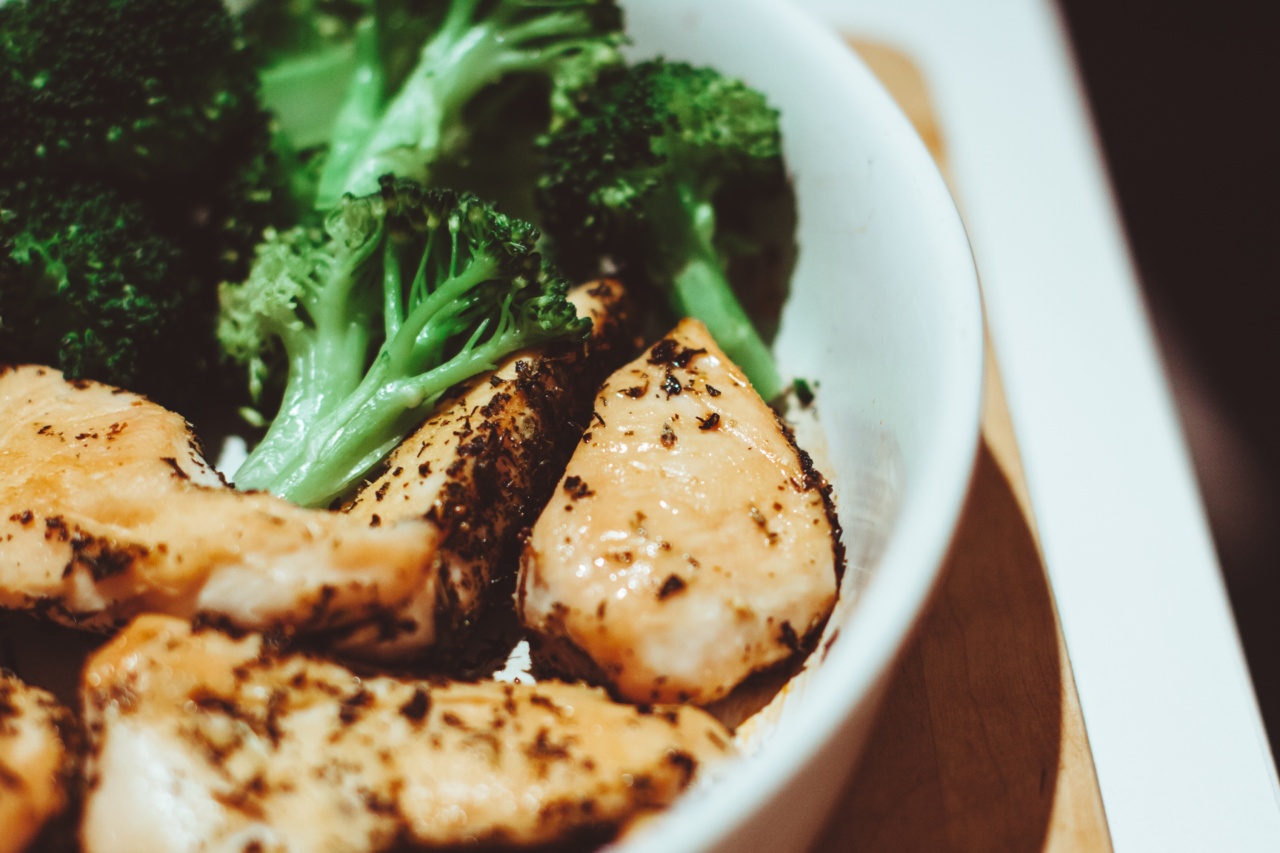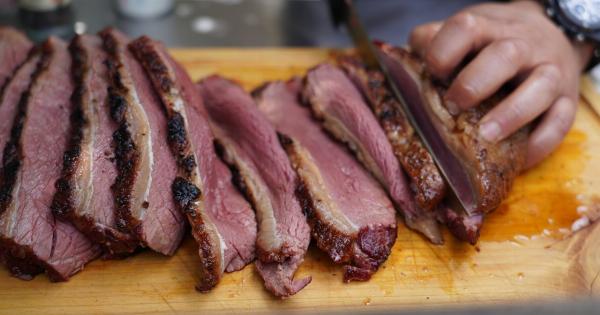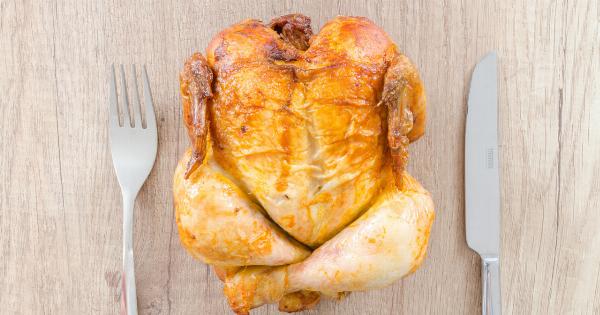In today’s health-conscious era, more people are becoming aware of the importance of maintaining a balanced diet.
While meat is a significant source of essential nutrients like protein, iron, and vitamin B12, its excessive consumption, especially when cooked using unhealthy techniques, can lead to several health issues. Fortunately, there are various meat cooking techniques that not only retain the nutritional value of the meat but also help make it a healthier option.
In this article, we will discuss some health-conscious meat cooking techniques that you can incorporate into your culinary repertoire for a healthier, yet delicious, meat-focused diet.
1. Grilling
Grilling is a popular method of cooking meat that not only imparts a smoky and delicious flavor but also helps reduce fat content. When grilling meat, the excess fats tend to drip off, resulting in a leaner final product.
Additionally, grilling requires less oil compared to other cooking techniques, making it a healthier option. However, it is essential to prevent the charring of meat, as this can lead to the formation of potentially harmful compounds.
To minimize charring, marinate the meat beforehand, use lean cuts, and avoid flare-ups by keeping a safe distance between the meat and flames.
2. Steaming
Steaming is a gentle and moist cooking technique that helps retain the natural flavors and nutrients present in meat. It involves using steam to cook the meat in a closed environment, such as a steamer or covered pot, without direct contact with water.
Steaming is particularly beneficial for leaner cuts of meat, as it helps preserve their tenderness. Furthermore, as no additional fats or oils are required during the cooking process, steamed meat tends to be lower in overall fat content. To enhance the flavor, marinating the meat or adding herbs and spices to the steaming liquid can be beneficial.
3. Baking
Baking or roasting meat in the oven is another health-conscious cooking technique. It allows the meat to cook in its juices, enhancing the flavor without the need for excessive fats.
When baking, it is advisable to place the meat on a rack or use foil to allow the excess fat to drain away. Furthermore, seasoning the meat with herbs, spices, and limited amounts of oil can add flavor without compromising on health.
Baking at a moderate temperature for an appropriate duration ensures that the meat is cooked through while retaining its tenderness.
4. Broiling
Broiling is a cooking technique that involves using direct heat from above the meat. This cooking method is similar to grilling but with the heat source located overhead instead of below the meat.
Broiling allows excess fats to drip away from the meat, resulting in a leaner final product. Moreover, it requires minimal oil or fats while still achieving a deliciously browned exterior. It is important to monitor the meat closely while broiling to prevent burning or charring.
Adjusting the rack height and broiling time can help control the level of doneness according to personal preference.
5. Stir-frying
Stir-frying is a quick and healthy meat cooking technique that originated in Chinese cuisine. It involves cooking small, thinly sliced pieces of meat in a small amount of oil over high heat.
This method allows the meat to retain its natural moisture and nutrients while creating a delicious caramelized exterior. Stir-frying requires constant movement of the meat in the pan to prevent sticking or burning. Adding an assortment of colorful vegetables alongside the meat can increase the nutritional value of the dish, making it a well-rounded meal option.
6. Sous Vide
Sous vide is a technique that involves cooking meat slowly in a temperature-controlled water bath. This method helps retain the meat’s natural flavors, tenderness, and juiciness while minimizing the formation of harmful compounds.
By using vacuum-sealed bags, the meat is cooked evenly without losing moisture. Sous vide cooking allows for precise temperature control, resulting in perfectly cooked meat every time. After sous vide cooking, a quick sear in a hot skillet or on a grill can be employed to achieve a desirable crust and enhance flavor.
7. Poaching
Poaching is a gentle cooking technique that involves immersing meat in a flavorful liquid and cooking it at a low temperature until it reaches the desired level of doneness.
While poaching is commonly associated with delicate foods like eggs and fish, it can also be an excellent option for meat. The liquid used for poaching can be a combination of water, broth, herbs, spices, and even wine, imparting a delightful taste to the meat.
As the meat cooks without exposure to excessive heat, it helps retain its moisture and tenderness while minimizing the addition of fats and oils.
8. Pressure Cooking
Pressure cooking is a fast and efficient way of cooking meat while retaining its nutritional value. This method involves cooking meat in a sealed pot with water or broth, allowing the pressure to build up and increase the boiling point of the liquid.
Due to the high pressure, the meat cooks much faster, resulting in tender and flavorsome final product. Pressure cooking also contributes to the breakdown of collagen in tougher cuts of meat, making them more tender and enjoyable. It is important to follow the manufacturer’s instructions while using a pressure cooker for safe and effective cooking.
9. Slow Cooking
Slow cooking, also known as crock-pot cooking, is a method that involves cooking meat over a low temperature for an extended period.
This technique is particularly suitable for tougher cuts of meat as the slow cooking process breaks down the connective tissues, resulting in tender and succulent meat. Slow cooking also allows the flavors to meld together, creating rich and satisfying dishes. It is recommended to trim excess fat from the meat before slow cooking to keep the overall fat content in check.
Additionally, adding an assortment of vegetables and aromatic herbs can further enhance the nutritional value and taste.
10. Marination
Marination is not a cooking technique per se, but it is a crucial step in preparing meat for healthier cooking.
Marinating meat involves soaking it in a combination of acids, such as citrus juice or vinegar, along with herbs, spices, and a small amount of oil. The acidic components help tenderize the meat while enhancing flavor, and the oil helps retain and distribute the flavors more evenly.
Marinating meat not only adds depth to the final dish but also helps reduce the formation of harmful compounds when exposed to high heat. It is advisable to marinate meat for at least 30 minutes or longer for the best results.































